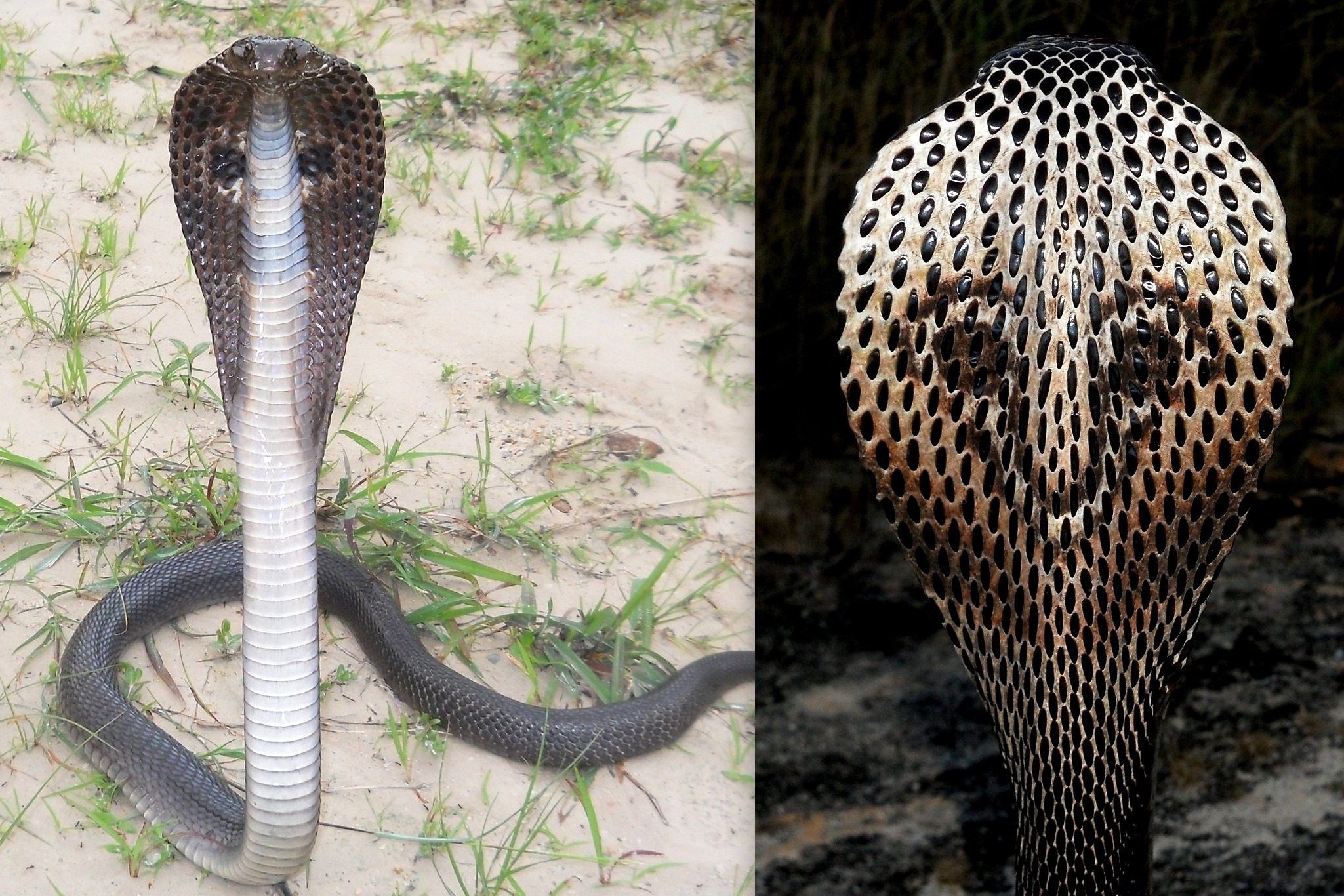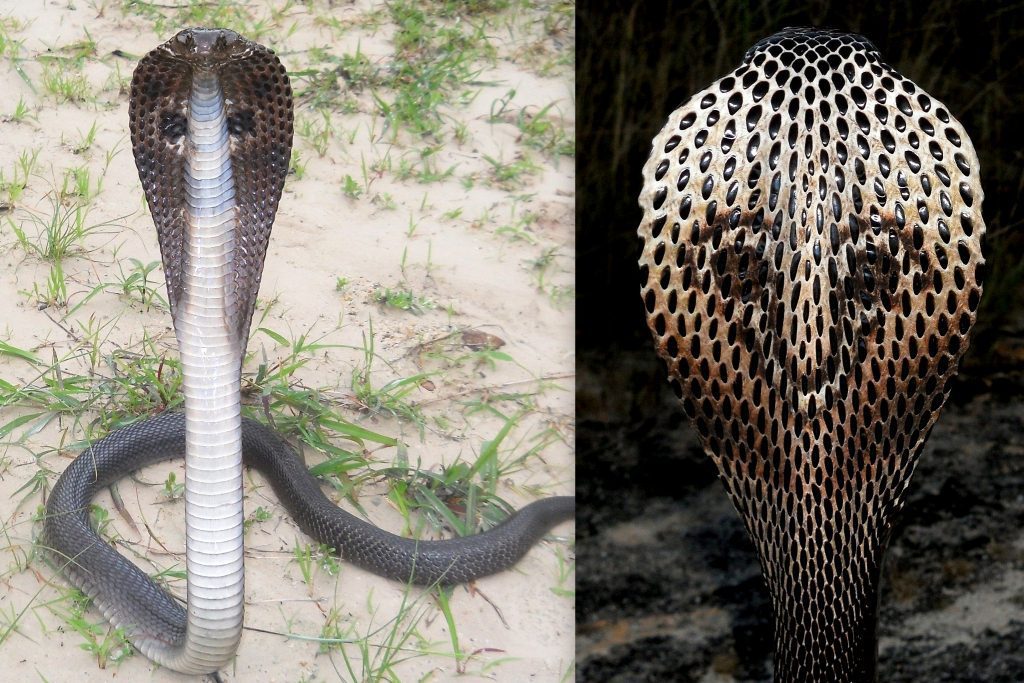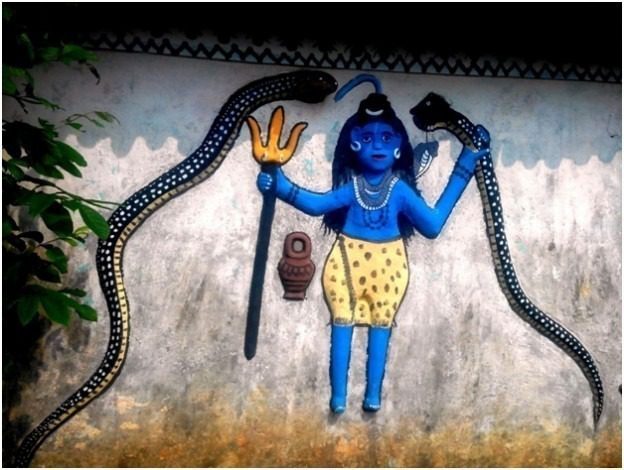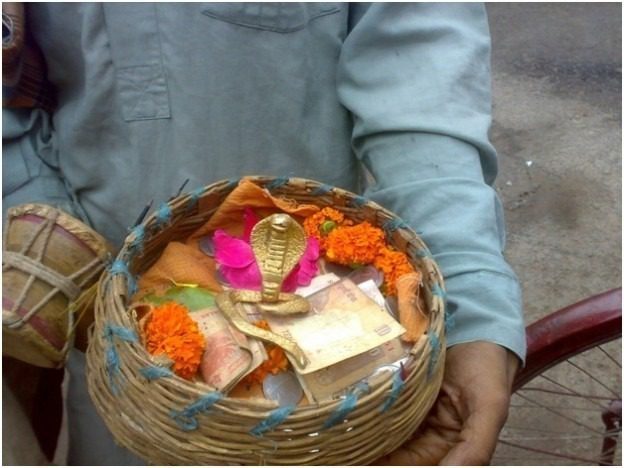Worshiping them to Death – Myths and Truth about Snakes
A woman asked a pundit for some solutions so that her daughter could get married to a handsome and wealthy boy. Her concern was her daughter’s squinted eyes. The priest suggested the woman that she should marry her daughter with a snake on the day of Nag Panchmi. It was their conventional belief that a snake is a powerful creature, an incarnation of God. They believed that the diamond (Nagmani) embedded in a snake’s forehead can cure any disease or defect miraculously.
The belief followed that if a young girl marries a snake on the day of Nag Panchmi, that would turn the snake into a handsome young boy. So, they trapped a snake, made it unconscious and somehow the “marriage” happened. Wondering what happened next? When the snake gained conscious, stressed and scared he bit the girl in self-defence and slithered away. Nothing surreal about it. What’s worrying is the fact that snakes are misunderstood and ill-treated even in the contemporary modern world.
On this Nag Panchmi, we’ll probe into the popular myths that beset the snakes till date but are as false as hoping for the snake to turn into a handsome boy.
Myth 1: Snakes Drink Milk
The prime belief tobesiege the snakes is that they drink milk. Following this belief people tend to offer milk to snakes on Nag Panchmi, a traditional festival celebrated in Hindu religion. The reason why snakes drink milk is DEHYDRATION not miracle. Snakes are usually trapped for a month before the festival and are pretty much ill-treated. For almost a month they survive precisely on air as they are not offered much food and water. On Nag Panchmi when they are offered milk, dehydrated snakes just go for it.
Snakes are cold-blooded reptiles, not mammals. Forcing them to consume milk is not offering worship rather leading them to death.
Myth 2: Snakes are Cruel, they Chase the Person Who Hurt Them, to Death
Really? Snakes are not revengeful. Neither they have such sharp memory or such highly developed brain. The belief that they store the image of the person in minds to take revenge from even after decades is absolutely a superstition given by the Bollywood cinema.
Myth 3: Snakes can Hypnotize with the Diamond studded in their forehead
Now this is hilarious but one of the most popular misconception. It is believed that snakes have a priceless Nag Mani studded in their forehead through which they can hypnotize anyone. Mythologically it might be true but scientifically it’s a myth. A lot of snakes get killed and tortured at the hands of such false believers.
Myth 4: Snakes Dislocate their Lower Jaws to Swallow
Sounds pretty much like a dislocated shoulder. Well, swallowing is not about dislocation but flexibility. A snake’s lower jaw is split into two halves called “mandibles.” These mandibles are connected by a stretchy ligament (not with permanent glue). So, when a snake engulfs its food, this stretchy ligament enables the mandibles to separate.
Myth 5: Venomous or Poisonous?
These two are not synonyms although people tend to use the two terms interchangeably. Snakes are venomous as venom is a toxic that is injected into the target though a fang or stringer. Whereas, poison is either eaten, inhaled or absorbed through the skin. It is very rare for a snake to be poisonous.
Myth 6: Snakes Can Fly
Few people tend to believe that snakes can fly. Snakes can’t fly. A few of them can glide through the air by extending their ribs and pulling in the underside. Their free fall or gliding might appear as if they are flying. It’s better to leave the flying business to birds!
Snakes have been worshipped for ages not only in Hindu tradition but in various other communities too. From Vasuki and Sheshnag in Hindu mythology to the Egyptian Cobra Goddess Wadjet, we find the mention of snakes in various spiritual traditions. Some traditions worshipped snakes and still do (Hindu tradition) while some associated them with evil (Serpent Satan in Bible). But the truth is extreme worshipping or extreme aversion to them, has made them the victims of the “extreme syndrome”. Liberating ourselves from the misconceptions and conserving the snakes will be the absolute way of offering our worships to this beautiful yet misunderstood creature.
Photographs by : Chinmay Deshpande | Vineeta Yadav | Vivek Sharma




